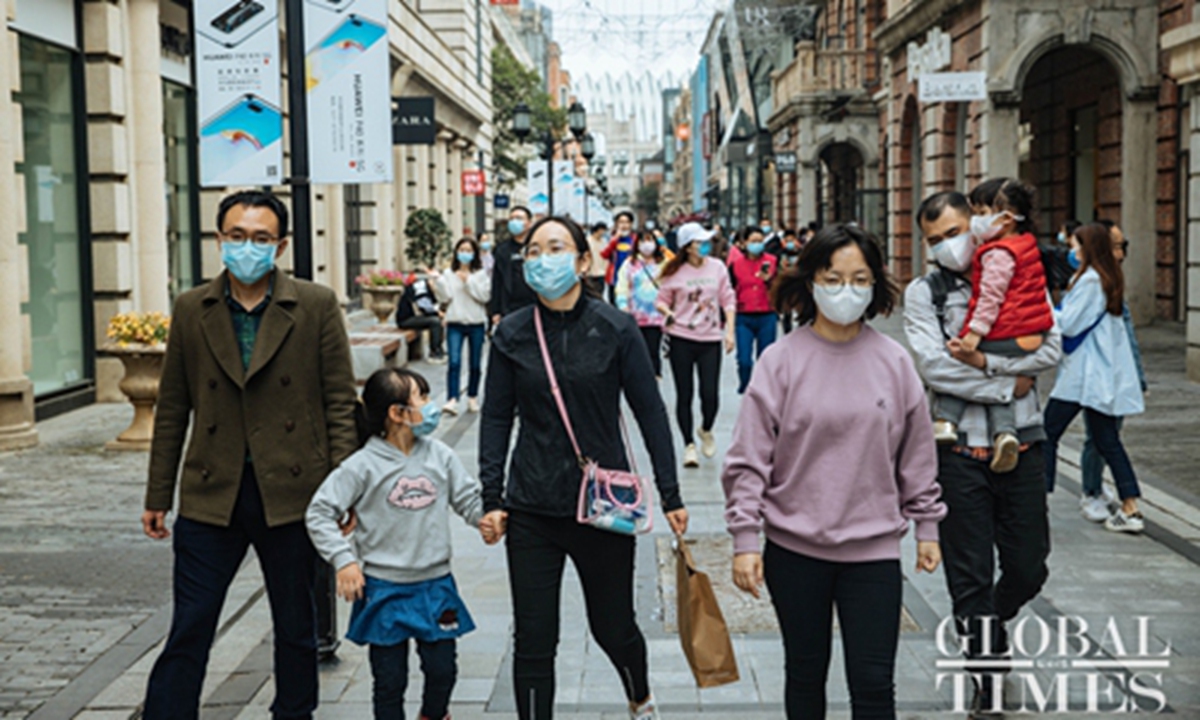No loss of momentum for China’s economic recovery
Oct. 15, 2020
Peking University, October 15, 2020: Following the COVID-19 outbreak, under strict prevention and control measures and with the support of strong economic assistance and stimulus policies, China's economy has achieved a V-shaped rebound. However, there have recently been discussions on whether the rebound will lose momentum at the end of the third quarter and the beginning of the fourth quarter.
Bloomberg has tracked eight indicators and believes that China's economic recovery showed signs of plateauing in September, weighed down by lackluster home and car sales, a weaker stock market and worsening business confidence.
In fact, the outlook for China's economic recovery may not be as dim as Bloomberg has stated. Some of the more positive factors in China's economy are not reflected in Bloomberg's assessment.
For instance, China has been gradually lifting restrictions on cinemas, flights, shopping malls, tourism and other crowd-intensive activities since late July. Rising sales in these sectors can reflect overall recovery better than car and home sales figures.
Since September, schools across the country have continued to reopen. Education represents a large part of social consumption in China, but these statistics will be reflected in the consumption leading index in late October. In other words, a large part of the recovery of the Chinese economy in the fourth quarter was skipped by the Bloomberg assessment.
In addition, the data collection outlets for the total retail sales of social goods are in areas where consumer consumption was intensive before the outbreak. These outlets may be underreported due to the surge of online sales caused by epidemic prevention measures, which may also underestimate the extent of the recovery of domestic demand.
From the supply side, as the domestic epidemic prevention and control has made key breakthroughs, the economic outlook continues to improve. China's industrial profits grew 19.1 percent year-on-year in August. This improvement in the performance of the main force of economic growth will drive the growth of small and micro enterprises. It will stabilize the confidence of producers and is also conducive to further increases in industrial investment.
Starting from the third quarter, various economic support policies, from tax cuts and fee reductions to grace for debt collection periods and credit support programs, have effectively stabilized the potential drop in production capacity after the epidemic.
Altogether, China had issued 16 batches of government bonds for COVID-19 control by the end of August, totaling 1 trillion yuan ($144.76 billion). China's local government bond issuance hit 1.2 trillion yuan in August, which may provide support for many projects.
Furthermore, a series of new major infrastructure projects that began in the second quarter and their related procurements have driven trade in the manufacturers' intermediate goods market. Due to the rapid recovery of profits in the equipment manufacturing, motor and raw material manufacturing industries, production and demand have maintained a stable recovery.
Coupled with the internal and external two-way circular policy, the construction cycle of various ongoing projects continues. The growth of China's economy in the fourth quarter will be higher than the 3.2 percent seen in the second quarter and even higher than that of the third quarter, which is expected to be higher than 3.2 percent. If the average growth rate in the third and fourth quarters reaches 5 percent, it is quite possible for China's economic growth rate to maintain 2 percent this year.
The author is Cao Heping, professor with the School of Economics of Peking University.
Written by: Cao Heping
Photo credit to: Li Hao
Source: Global Times
